Discovering Moths: Nighttime Jewels in Your Own Backyard, by John Himmelman, is a truly wonderful book which I really enjoyed reading. It’s full of information about moths, written in a way that educates without feeling like a text book. While the author takes pride in writing in a way that a layperson can understand, that doesn’t mean it’s lacking in detail or scientific terms. By the end of the book I was ready to run out to start finding moths, which was unfortunate since it’s currently the middle of winter. When I was finished I felt I had learned a great deal about an area I didn’t realize I was so ignorant about.
The book begins with a commentary about a typical walk he likes to lead to introduce people to the world of moths. Trees along a path had been ‘baited’ by the author, which means painted with a sugary beer mixture that draws the moths in for on-trail viewing. Included in the chapter is a recipe and directions for making a sugar mix to try yourself. The chapter is a nice look at the awe of adults and kids alike discovering the wonder of moths.
The second chapter gets right into the gritty details about the life of a moth, starting with the egg. The author describes the moth life-cycle in conjunction with a Polyphemus Moth that he had caught and which had then laid eggs. This makes the general life-cycle basics and wide variety in species easier to understand when described alongside a specific species. Described also, is the wide variety of species, which results in a wide variety of eggs, caterpillars and processes. I learned a great many things in this book that I didn’t know before such as the fact that inchworms are not worms, but caterpillars without the first couple prolegs. Prolegs are the pairs on the abdomen which help the caterpillar move and hang on and the inchworm caterpillars move by inching along because they lack these legs.
The chapter continues to describe the variety of caterpillars, how they molt, how some have poisonous spines, represent bird droppings, or how some live inside a leaf or wood or on the forest floor. Predators are also described such as stinkbugs and wasps. The next stage, metamorphosis is discussed and I learned that moth caterpillars don’t create a chrysalis, only butterflies do. Moth caterpillars instead create a cocoon which is attached to a plant, or a naked pupa which hides under leaves. Butterflies attach themselves directly to a plant, moths do not, instead they attached themselves to the cocoon which is directly attached to the plant. The adult moth is described in great detail starting with the body parts and how the antennae are another good way to distinguish a moth from a butterfly. The antennae of a moth are either tapered, feathered or combed, while most butterflies have antennae that end in a club. Yet another thing I learned is that the antennae of a moth is full of sensory cells, detecting pheromones for males and vibrations for both. The ‘fur’ on moths is not real fur, just modified scales and hearing organs can be found in some species, on their thorax.
Some other fascinating things I learned in this chapter is that moths which have clear wings had scales when they emerged as adults, but they fell off quickly. I also found out that moths are not cold-blooded, but manage to be active at night unlike butterflies, because they have a technique where they vibrate their wings fast, creating heat and their ‘fur’ helps keep them insulated. One further thing I found surprising is that the average life-span of a moth is only two, short weeks. Many moths live for a short time, some only days, while some will overwinter as adults. Something I found quite surprising is that many species of moths do not feed as adults, in fact many do not even have working mouth parts. For some species, once they emerge, they mate and lay eggs immediately and spend the rest of their days aimlessly wandering until they die.
The third chapter dives into each of the moth families, giving an overview of each. Among the families, some of the more familiar include Sphinx Moths, Silk Moths and Tent Caterpillars. The diversity of moths is simply amazing. There are over 11,000 species in North America and 110,000 worldwide. Moths outnumber butterfly species 14-1 in North America alone, so it’s no wonder at their wonderful diversity. Moths come in many colors, shapes and sizes, some with a wingspan of 4″ some only millimeters. Many mimic other insect species and even birds. There are Sphinx Moths that resemble hummingbirds and bees and other species that resemble beetles. Wasp Moths which unsurprisingly resemble wasps, are so convincing as to fool even the author. One of the facts I learned in this chapter is the name of the moth of the famous Woolly Bear caterpillar, which is the Isabella Moth. Another very interesting tidbit is the fact that many of our moths which are considered pests, such as the European Corn-borer, Indian Meal Moth, and Lesser Bee Moths are all introduced species from outside of North America. Even with these introduced pests, moth species considered as pests are still a very tiny fragment of moth species. Yet one more thing I didn’t know, is that the classic worm in the apple is also a caterpillar, the Codling Moth caterpillar, another introduced species from Europe.
Chapter four discusses the relationship between moths and lights ranging from old sayings to the modern bug zapper. Moths being attracted to light is really a myth as the general consensus is not so much that they’re attracted to light so much as trapped by the light. Something similar happens to birds, such as was the case with the World Trade Center memorial lights trapping migrating birds recently. There’s a great description about how this happens, as well as how they use light for traveling. There is also an informative discussion about bug zappers and how they’re essentially useless, unless the electric grid is removed and the light is used for attracting moths instead. Bug zappers kill nearly everything but the targeted pests, mosquitoes. Non-biting midges are often mistaken for the mosquitoes in the pile of dead under the zapper. The book cites several studies, one of which found that in 14,000 insects killed, only 31 were female mosquitoes. The dead also include many insect species that prey on mosquitoes.
The chapter also discusses the technique of using a light sheet to attract, study and photograph moths. The setup is simple, consisting of a light, often a non-electrocuting bug zapper, placed in front of a white sheet. The result is not so simple however as attracting moths often also attracts predators and the author discusses the methods he uses to view moths without disturbing their routine too much or setting up a buffet for birds. He also describes the huge variety of moth species he gets regularly and his methods of studying and photographing them.
The following chapter goes into great detail about the seasons of moths describing each month in turn and the typical activity for that month. Moths are set apart from butterflies again by being active nearly year-round and being more durable. There are a great many moths described in this chapter and it’s greatly informative about their seasonal cycles.
Chapter six gets into a topic that I find very interesting, the interaction between moths and humans. I have spent a lot of time reading about this topic as it relates to birds and other wildlife species including folklore and legends. (See Why? Cultural Entomolgy for a post about the cultural importance of insects.) This chapter discusses moths in pop culture, folklore, poetry, literature and the spiritual world. Also discussed is the long history of moths as pests as well as moths as used by humans such as the Silkworm Moth, which is a very interesting story. The one surprising thing I learned in this chapter was that of the Mexican jumping bean. Inside the seed of the Mexican bean shrub is the larvae of the Tortricid Moth. The moth lays eggs on the flower of the shrub which are then enclosed inside the developing seed which the larva feeds on before creating a hole and emerging as an adult.
The following chapter goes into a very interesting discussion about the history of moth names. The chapter touches on the naming system started by Linnaeus and describes the process of naming moths. The author then describes various moth species and how they got their names, such as the moths named after Greek and Roman gods. A large number of moths were named after people, often times the scientists who studied moths, and this chapter delves into their interesting stories. This topic is continued into the next chapter which discusses modern scientists and other individuals interested in moths. Many of the people described in these two chapters are not only interesting for their contributions to the field, but for their unique personalities.
Chapter nine gives a very detailed account on how to raise moths either from egg or caterpillar. This information is very interesting and could be used by anyone, particularly teachers. There is also a section in this chapter about moth photography and although it doesn’t discuss digital cameras much, there is still very good information and tips. Chapter ten discusses day flying moths and specific species that can be found during the day.
The final chapter dives into the debate between killing moths for collecting and those opposed to the practice. The author includes quotes and stories from both sides of the debate and discusses the necessity of collecting for science. It’s a very interesting discussion and one that everyone will have an opinion about. Personally, I couldn’t kill anything to display it, but I also enjoy looking at museum collections. I certainly see the appeal of a collection or having a specimen in jewelry or framed. However, I don’t collect or display anything other than photographs, which I enjoy doing very much. Getting a good image takes a lot of patience, skill and luck and leaves less of an impact. My philosophy is to disturb as little as possible and I never touch or pose butterflies, moths or dragonflies. Somehow I manage to get some excellent images with my patience.
As the long review suggests, I found a great amount of wonderful information in this book. I read it cover to cover and finished in a short period of time because it was so engaging. My only complaint is that the author is from the Northeast and most of the species he describes and talks about are not to be found here in the Northwest. It was disappointing to learn so much about certain species, such as the Luna Moth, only to find their range does not extend here. There are excellent photographs in the book highlighting some of the species mentioned in the book as well as featuring amazingly camouflaged species. Even better than the photographs though, are the wonderful illustrations by the author scattered throughout the book. Region aside, it’s a really fantastic book to learn about the life of moths and I highly recommend it. Although I’ve had a huge fascination with moths for awhile, I’m completely hooked on them now.
For more information about designing for moths, see Design for Moths.
Discovering Moths: Nighttime Jewels in Your Own Backyard
John Himmelman
Down East Books
2002
Discovering Moths: Nighttime Jewels in Your Own Backyard (Kindle Edition)
Further Reading::
Butterflies & Moths of North America
Moths of Western North America (Book)
A Field Guide to Moths of Eastern North America (Book – out-of-print but soon to be republished)
Moths & Caterpillars of the North Woods (Book)
The Moth Book: A Popular Guide to a Knowledge of the Moths of North America (1903, Google Book)

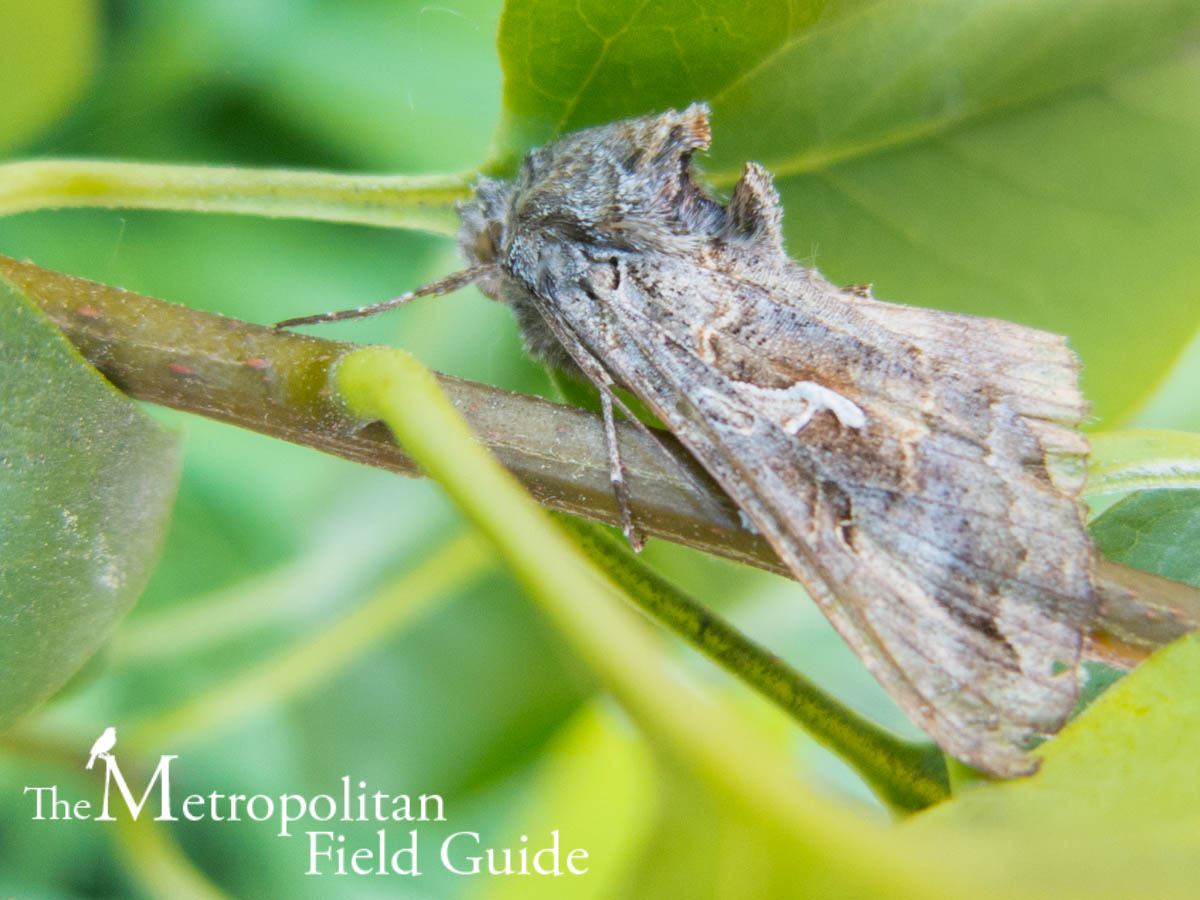
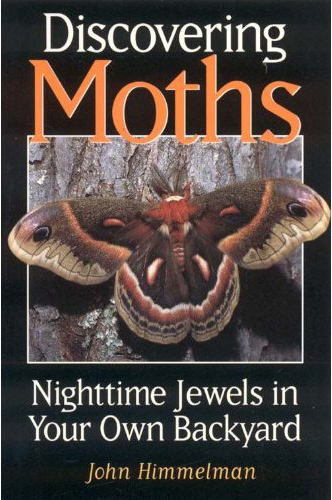

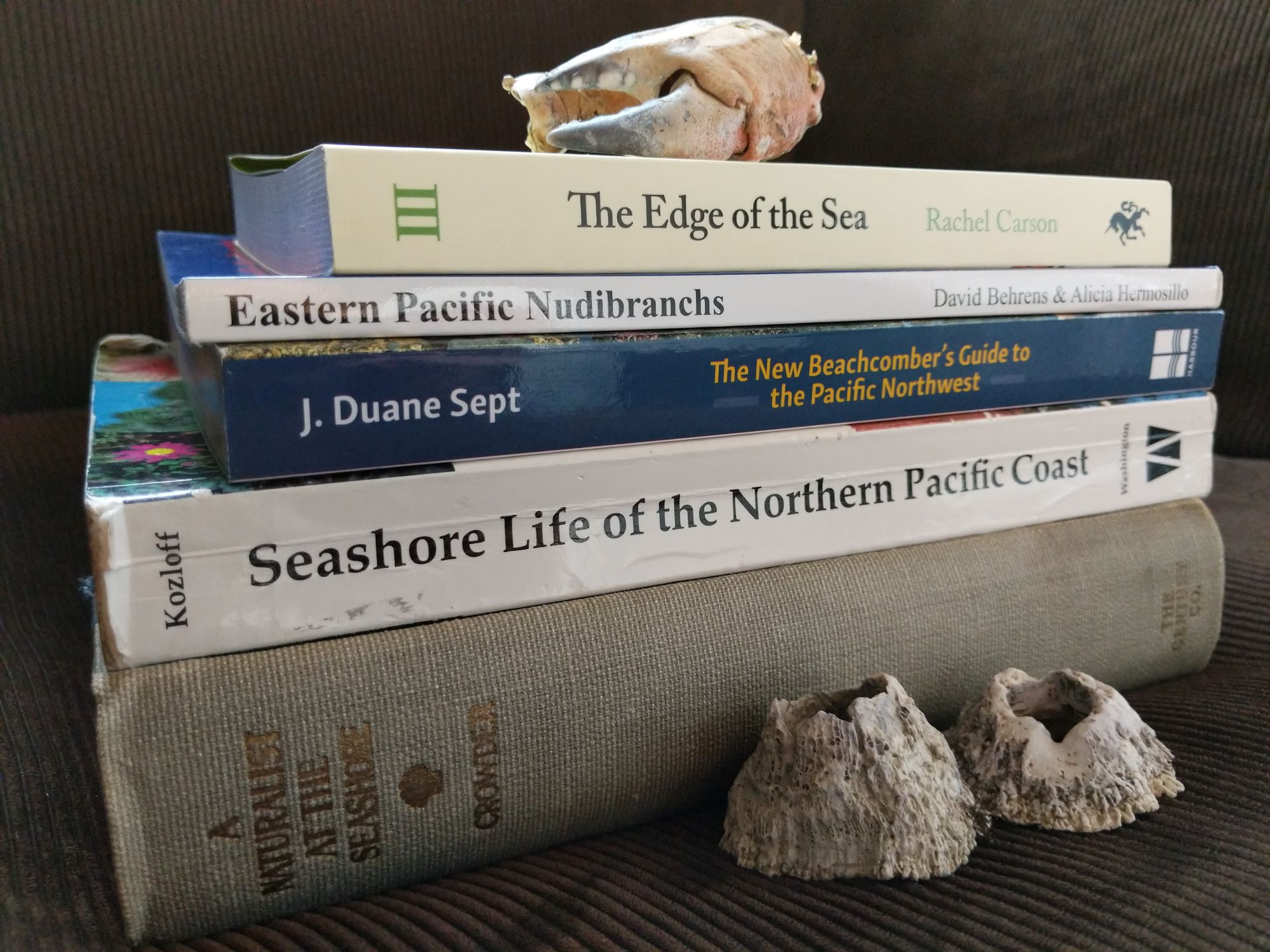
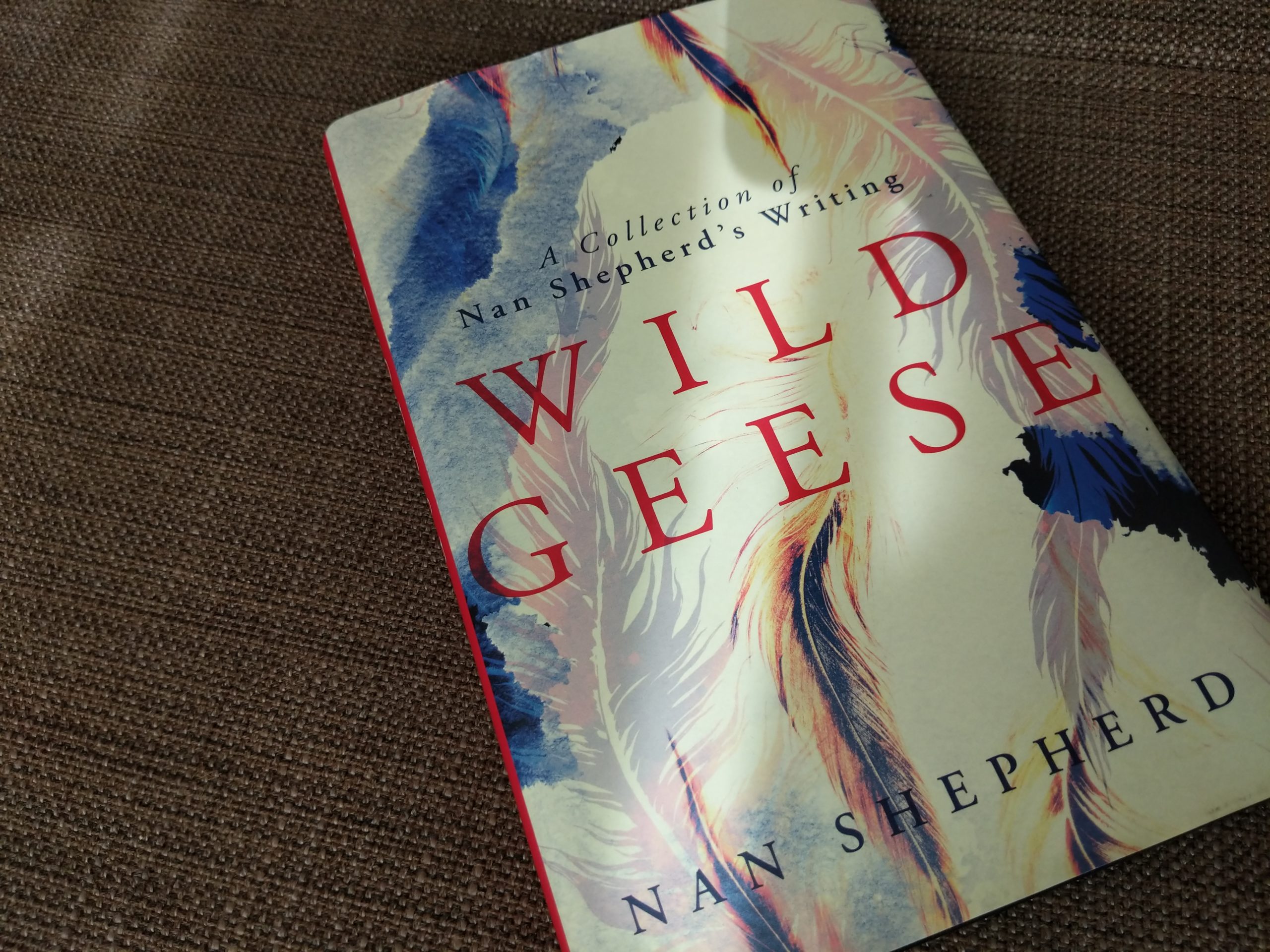
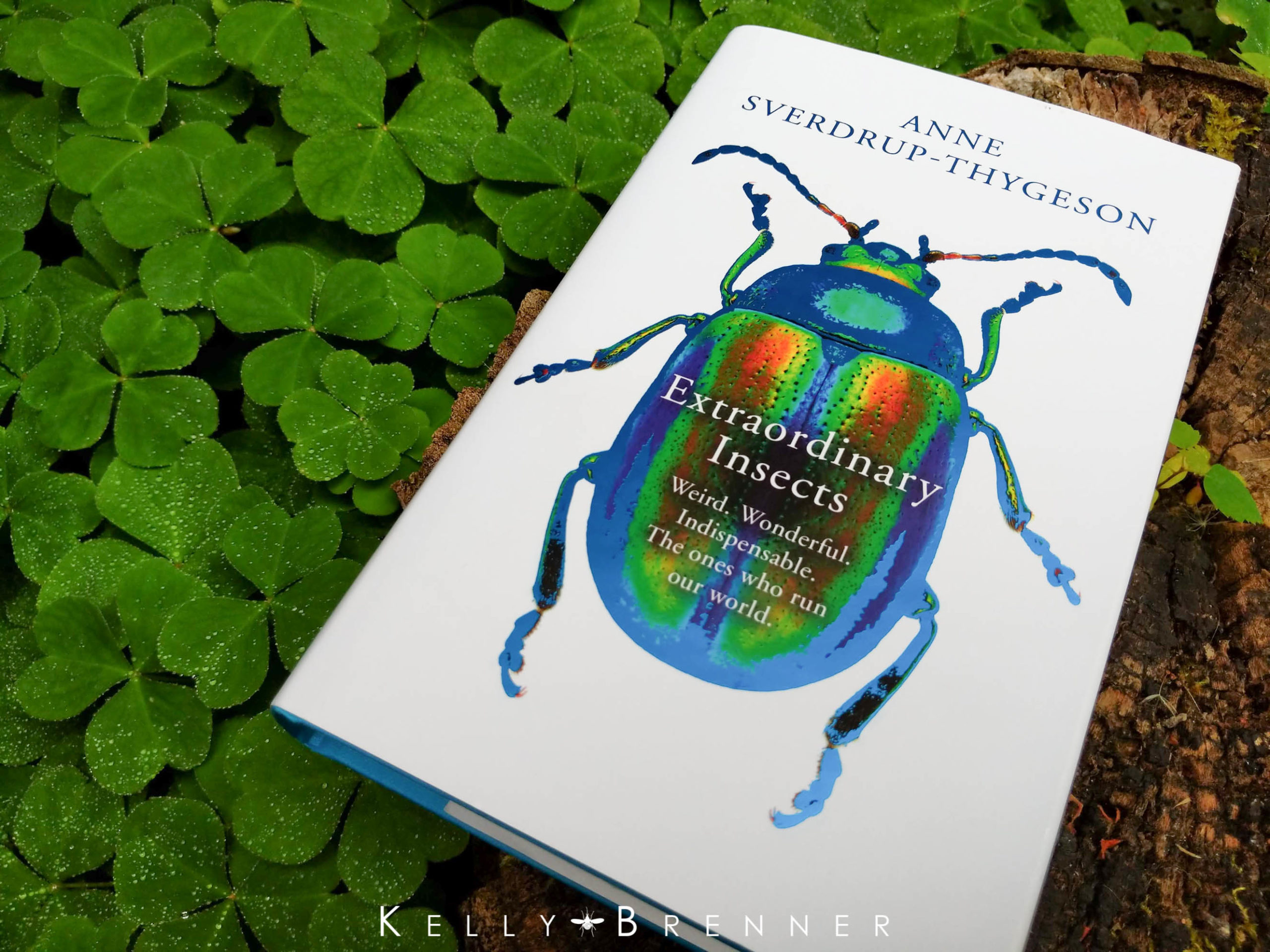

3 Comments